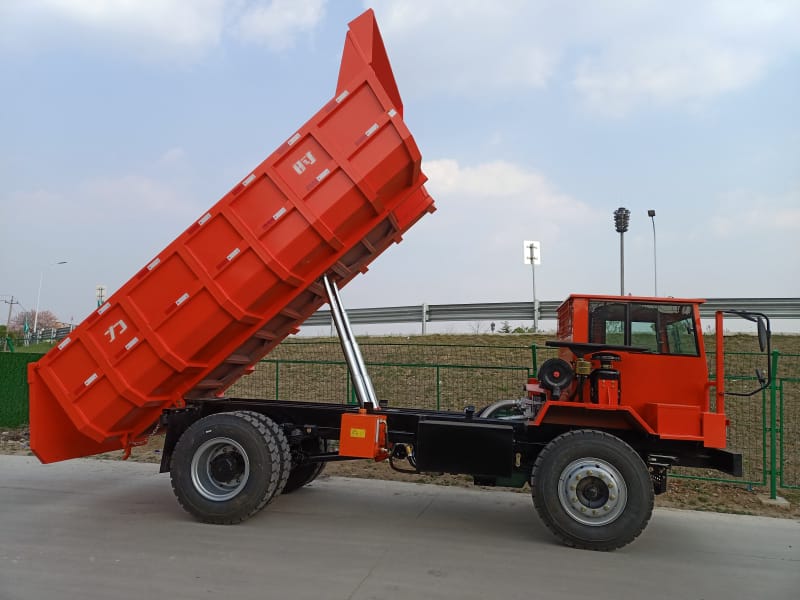ST. PAUL — Just one of the giant diesel-fueled dump trucks in Minnesota’s iron ore mines emits 2,400 tons of carbon dioxide per year, the equivalent of 520 gasoline passenger vehicles.
But a demonstration project seeking $10 million from the Minnesota Legislature to electrify some of the trucks at U.S. Steel’s Minntac iron ore mine in Mountain Iron could drastically reduce that. Giant Mining Truck

The $25 million project, led by Minnesota Power and U.S. Steel, calls for building an overhead line to power trucks carrying mined material from the pit to the crushing operations.
Like an electric train or trolley, the trucks, which would need to be modified or bought new, would connect to the lines with an arm, or pantograph, mounted on top.
When connected, the truck’s diesel engine would be idled and its drive wheels would be powered by electricity, according to Ed Faulk, sales and business development manager for Komatsu Mining Corp., which makes mining trucks.
During a March 1 informational hearing before the Minnesota Senate’s Energy, Utilities, Environment and Climate Committee, Faulk said the trolley line could mean trucks burn 95% less diesel and also improve the truck's speed up the grade.
“Our trolley assist operations utilize electric drive mine trucks and a set of overhead power lines to supply auxiliary power on an electrified portion of a mine path, typically an uphill haul route coming out of the pit, which is where most diesel fuel is consumed in the mining operation,” Faulk said.
The $10 million state grant would come from the general fund, according to the bill’s text. It would help bring a potential matching federal grant made available through the Infrastructure and Jobs Act signed into law by President Joe Biden in late 2021.
The remaining $5 million would come from “private industry,” David Chura, Minnesota Power’s manager of emerging initiatives told the committee.
Chura urged the committee to support the project, noting that “the state has helped incentivize residential and commercial electric vehicle service” and this money, along with federal Department of Energy funding, could “achieve the benefits of electrification at an industrial scale.”
The Senate bill is authored by Sen. Grant Hauschild, DFL-Hermantown.
He noted the demonstration project analysis, which estimates that the project as a whole — and if using 100% carbon-free electricity — would reduce as much emissions as electrifying 3,122 gasoline passenger vehicles using the 520 passenger vehicles per mine truck figure.
The Senate bill is co-authored by Sen. Jen McEwen, DFL-Duluth, and three other DFL lawmakers. The House companion is authored by Rep. Dave Lislegard, DFL-Aurora.
“We should move the (mining) industry forward, and the industry is ready to move forward into the new energy economy and to meet our energy goals and to really usher in a cleaner way of doing business,” McEwen said in an interview with the News Tribune last week.
“And this is just one of those really common-sense pieces that everybody is on board for,” McEwen said.
At last week’s hearing, Kristen Vake, executive director of the Iron Mining Association of Minnesota, and John Arbogast, District 11 staff representative at United Steelworkers, which represents employees at Minntac, spoke in favor of state funding for the demonstration project.
The bill seems to be gathering bipartisan support.
“I’m leaning toward supporting this,” Sen. Glenn Gruenhagen, R-Glencoe, a member of the committee, said during the hearing.
Committee chair Nick Frentz, DFL-North Mankato, a co-author of the Senate bill, said the project will come before the committee again in bill form soon.

Mining Lorry “I like the project. And I think it’s the direction we’re trying to go,” Frentz told the committee. “And it combines some stuff that we’re good at, including some jobs stuff, some clean energy stuff.”
